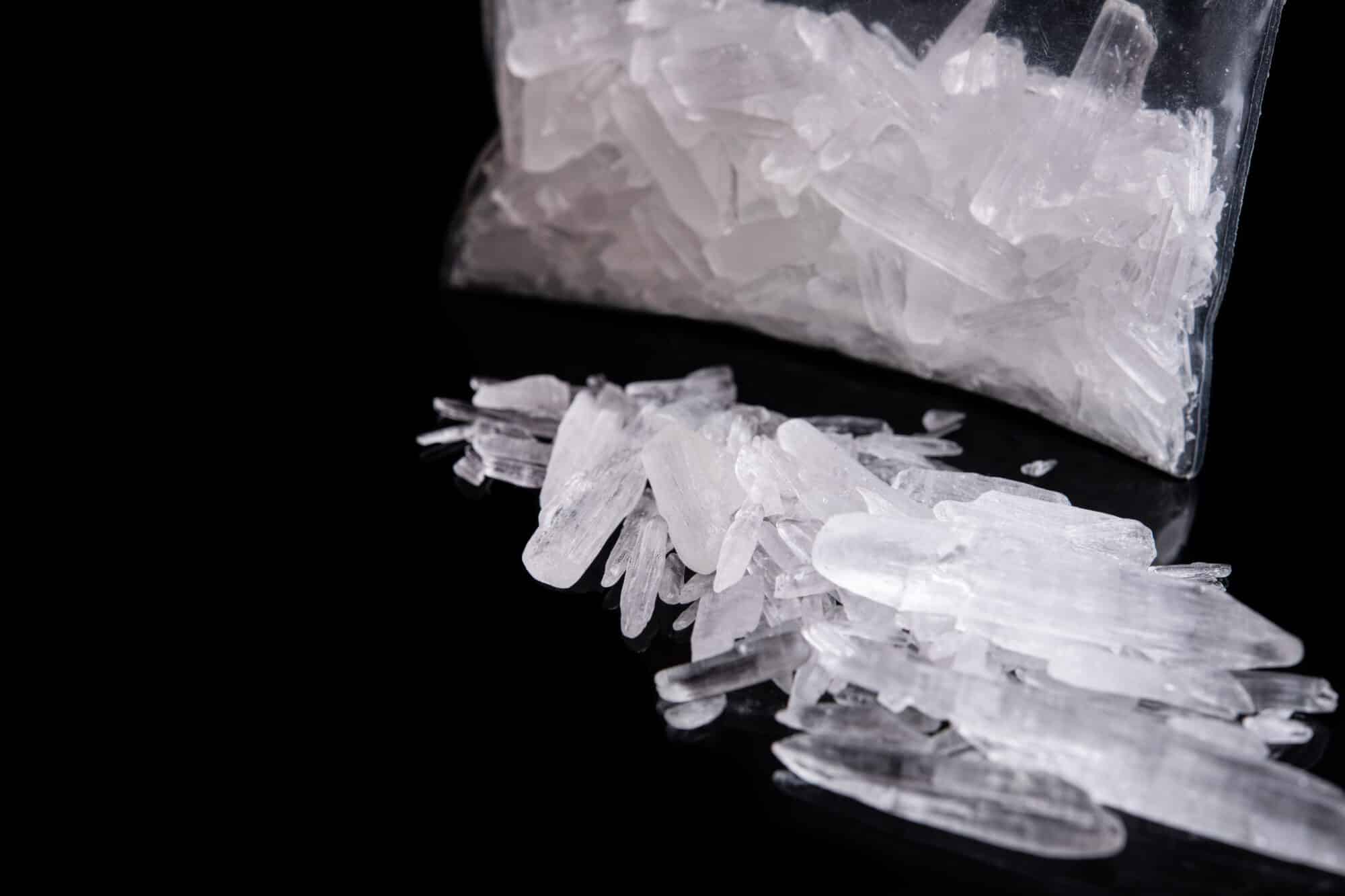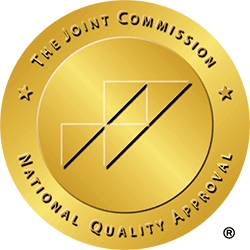
Methamphetamine, commonly known as meth, is a powerful and highly addictive stimulant that has devastating effects on both the body and mind. One of the most noticeable and alarming physical side effects of meth use is the development of scabs, sores, and severe skin damage—especially on the face. These skin issues can make meth users appear much older than they are and contribute to the stigma surrounding addiction.
At BriteLife Recovery, we believe in educating individuals about the dangers of meth use while offering compassionate, evidence-based treatment to help people break free from addiction.
How Meth Causes Facial Scabs and Skin Damage
The development of meth-related skin sores is due to a combination of physiological and behavioral factors. Here’s why meth use leads to scabbing, lesions, and extreme skin irritation:
1. Intense Skin-Picking (Meth Mites or Formication)
Meth users often experience a condition called formication, a sensation that feels like insects crawling under the skin. This is commonly referred to as “meth mites” or “crank bugs.” The hallucination of bugs crawling beneath the skin causes relentless scratching and picking, leading to open wounds, infections, and severe scabbing—especially on the face, arms, and legs.
2. Restricted Blood Flow and Poor Healing
Meth is a vasoconstrictor, meaning it narrows blood vessels and reduces blood circulation. When blood flow is restricted, skin cells don’t get enough oxygen or nutrients, making it much harder for the body to heal wounds. As a result, even small scratches or acne can turn into large, infected sores that don’t heal properly.
3. Excessive Sweating and Increased Oil Production
Meth use alters the body’s natural ability to regulate temperature, causing excessive sweating and increased oil production. This creates a perfect breeding ground for bacteria, which can worsen acne, cause clogged pores, and increase the likelihood of skin infections and scabs.
4. Malnutrition and Poor Hygiene
Long-term meth users often suffer from severe malnutrition due to appetite suppression. Without proper nutrition, the skin becomes fragile, dry, and more prone to injury. Additionally, many individuals struggling with meth addiction neglect basic hygiene, leading to dirt, bacteria, and debris accumulating on the skin—further worsening infections and scarring.
5. Chemical Toxins in Meth
Meth is made with toxic chemicals, including battery acid, ammonia, and drain cleaner. These substances poison the body and lead to inflammation, rashes, and hypersensitivity, making the skin more vulnerable to sores and scabs.
Can Meth-Induced Skin Damage Be Reversed?
The good news is that healing is possible. With proper addiction treatment, skincare, nutrition, and medical intervention, individuals can begin to recover from the physical and emotional damage caused by meth addiction.
Steps to Healing and Recovery
Seek Addiction Treatment: The most effective way to stop meth-related skin damage is to quit meth use altogether. Professional medical detox and rehab programs can help manage withdrawal and prevent relapse.
Focus on Nutrition: A balanced diet rich in vitamins, minerals, and hydration can significantly improve skin health and boost the body’s natural healing process.
Practice Good Hygiene: Regular washing, gentle skincare, and avoiding skin picking can prevent further infections and scarring.
Medical and Dermatological Care: A doctor or dermatologist can prescribe antibiotics for infections and recommend treatments for scars and damaged skin.

Taking Steps Toward Recovery
Meth use takes a serious toll on the body, with skin sores, facial scabs, and premature aging being just one of its many harmful effects. At BriteLife Recovery, we provide comprehensive addiction treatment to help individuals break free from meth addiction and begin their journey to healing—inside and out.
If you or a loved one is struggling with meth addiction, don’t wait—help is available. Recovery is possible, and we’re here to support you every step of the way.
SPEAK WITH AN ADDICTION SPECIALIST



